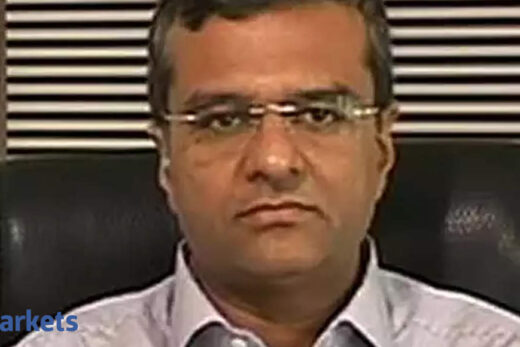The consistent decline in small savings rates means the target set a few years ago may not be within reach now.
Here’s how the reduction in rates has affected savings.
April 2015
- PPF rate: 8.7%
- Current value: Rs 3.13 lakh
- Projected value: Rs 3.13 lakh
- Shortfall: Nil
April 2016: Small savings rates cut in April 2016. PPF rate reduced to 8.1%.
- PPF rate: 8.1%
- Current value: Rs 4.9 lakh
- Original projection Rs 4.9 lakh
- Shortfall: Nil
April 2017: Rates cut in October 2016, followed by another cut in April 2017. PPF rate falls to 7.9%
- PPF rate: 7.9%
- Current value: Rs 6.81 lakh
- Original projection: Rs 6.83 lakh
- Shortfall: Rs 2,393 (0.4%)
April 2018: Declining bond yields lead to rate cut in July 2017, followed by another in January 2018.
- PPF rate: 7.6%
- Current value: Rs 8.85 lakh
- Original projection Rs 8.92 lakh
- Shortfall Rs 7,602 (0.9%)
April 2019: After four years of cuts, rates are hiked in October 2018. But again cut in July 2019. PPF rate is 7.9%
- PPF rate: 8%
- Current value: Rs 11.05 lakh
- Original projection Rs 11.20 lakh
- Shortfall: Rs 14,881 (1.3%)
April 2020: Steep cut in rates in March 2020. In six years, PPF rate has fallen by 160 basis points.
- PPF rate: 7.1%
- Current value: Rs 13.44 lakh
- Original projection: Rs 13.67 lakh
- Shortfall: Rs 23,431 (1.7%)
April 2021: Decision to cut rates in March 2021 rolled back after uproar. Even if PPF gives 7.1%, the gap in actual and projected values will keep growing.
- PPF rate: 7.1%
- Current value: Rs 15.89 lakh
- Original projection: Rs 16.36 lakh
- Shortfall: Rs 46,974 (2.9%)
April 2026: In five years
- PPF rate (assumed): 7.1%
- Projected value: Rs 31.04 lakh
- Original projection: Rs 33.76 lakh
- Shortfall: Rs 2.72 lakh (8%)
April 2031: In ten years
- PPF rate (assumed): 7.1%
- Projected value: Rs 52.38 lakh
- Original projection: Rs 60.15 lakh
- Shortfall: Rs 7.77 lakh (12.9%)
The shortfall will burgeon to almost Rs 13 lakh, or 16% of the corpus when the investor retires in 2034.
Education fund may fall short too
Retirement is not the only goal at risk. A parent saving for his daughter’s education through the Sukanya Samriddhi Yojana will also witness a shortfall due to the decline in interest rates.
Let us assume the investor started contributing to the Sukanya scheme in May 2014. At the prevailing rate of 9.1% and an yearly contribution of `1.5 lakh he projected a corpus of `48.42 lakh in 15 years.
How rate cuts can affect your Sukanya corpus

Inflation to the rescue
There is some respite for savers due to the fall in inflation in the past six years. Declining infl ation means that the expenses will be lower than assumed.

Four ways how investors can bridge the shortfall
I. Hike investment: One surefi re way to bridge the shortfall is by increasing the investment for the goal. This is possible because income keeps rising over the years, allowing one to save more. Even a 2-3% hike per year can fi ll the gap.
II. Defer the goal: If you delay the fi nancial goal by a few years, you will have more time to build a bigger corpus. But this option is not always possible. You can’t defer the education of your child. Even retirement can’t be delayed beyond a point.
III. Change asset mix: Also consider investing in avenues that fetch higher returns than fi xed income options. Equities can be risky but also rewarding, especially in the long term. Even a small portion of the corpus invested in equities can work wonders.
IV. Downsize goal: If none of the three options are possible, the last resort is to downsize the goal itself. This is the default option if the investor does not take any step to bridge the gap in the actual and targeted corpus.



